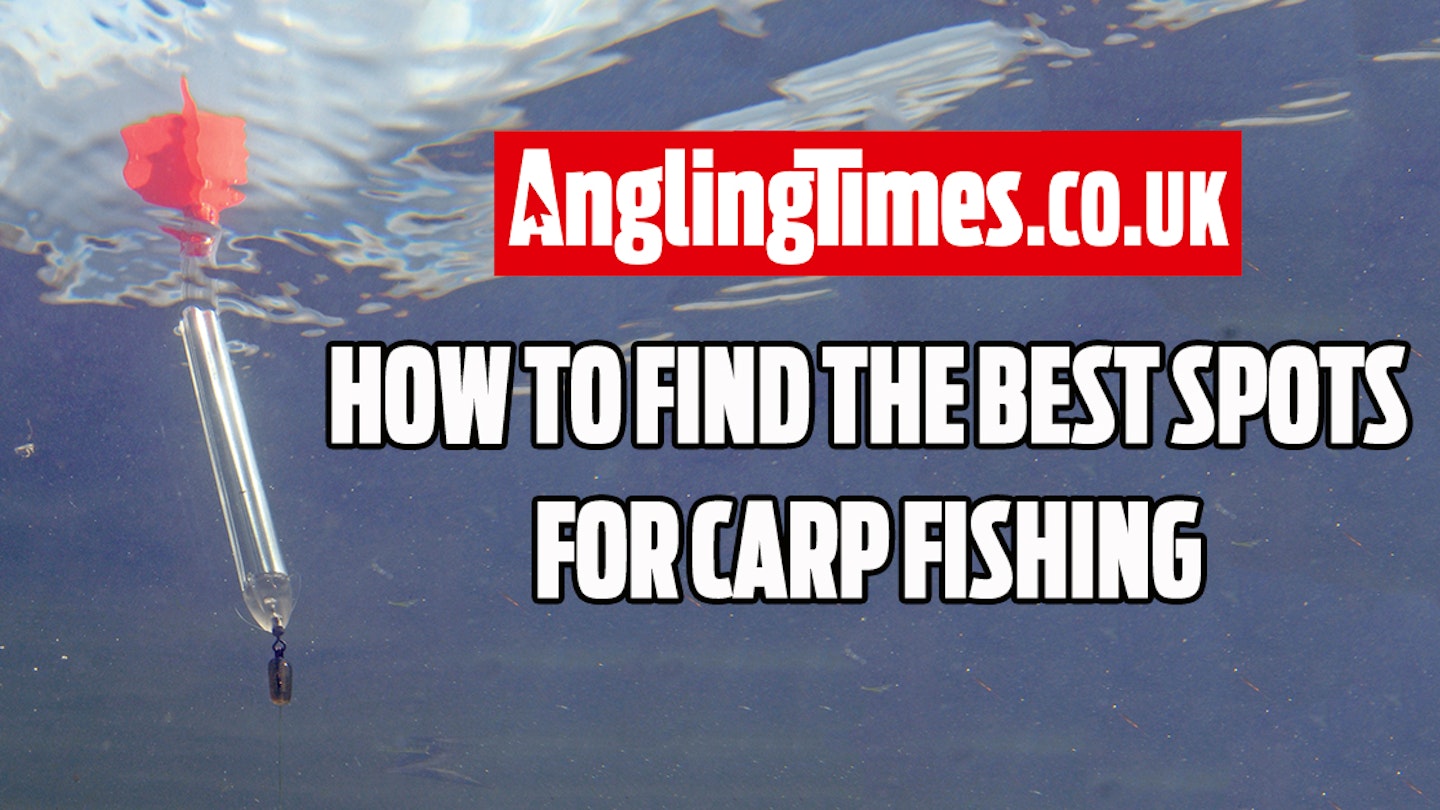Reading and understanding the lakebed is one of the biggest skills in carp fishing. Get it right and you can end up fishing on spots that carp feed on regularly, but get it wrong and you could be in a forest of weed, with no chance of a bite at all.
Having a good cast about with a straight lead or marker rod set-up about can reveal so much about your swim, not just what the bottom substrate is like, but also any depth changes, bars and hidden features.
A quick way to do this nowadays is with a castable echo sounder, but there’s no substitute to being able to feel the lead down and understand the vibrations transmitted through the rod. After all, the difference between a good and a bad spot can sometimes be a matter of inches. Only the old-fashioned approach will let you achieve such precision.

HOW TO ‘LEAD ABOUT’ AND USE A MARKER FLOAT
1. Have the lead running on the mainline. This can be attached to a boom section if necessary to stop the float coming too close to the bottom.
2. Tie the float to the end of your mainline – you can use a buffer bead to protect the knot.
3. Find and mark a suitable casting spot so you’re always casting from the same place.
4. Line up with a far-bank marker. This could be a tree or anything that sticks out on the horizon. This helps you cast to the same area in the dark.
5. Make the cast. Be sure to stop the lead in flight just before it hits the water.
6. Pull the rod back gently and follow the lead down on a tight line so you feel it hitting the deck.
7. Tighten up to the lead and drag it back across the bottom. This will help you feel the lakebed.
8. When you’ve found what you think is a suitable spot, if you’re using a marker float, let line off the reel a foot at a time to pop it up to the surface, counting each foot as you go.
9. Put the line in your reel clip and, once retrieved, use your marker sticks to wrap the distance. Be sure to set them a rod length apart, so you don’t have to re-do it next time you’re in the swim.
GET ALL THE RIGHT KIT YOU NEED FOR CARP FISHING BY CHECKING OUT OUR BUYER'S GUIDES TO RODS, REELS, ALARMS, BIVVIES AND MORE.
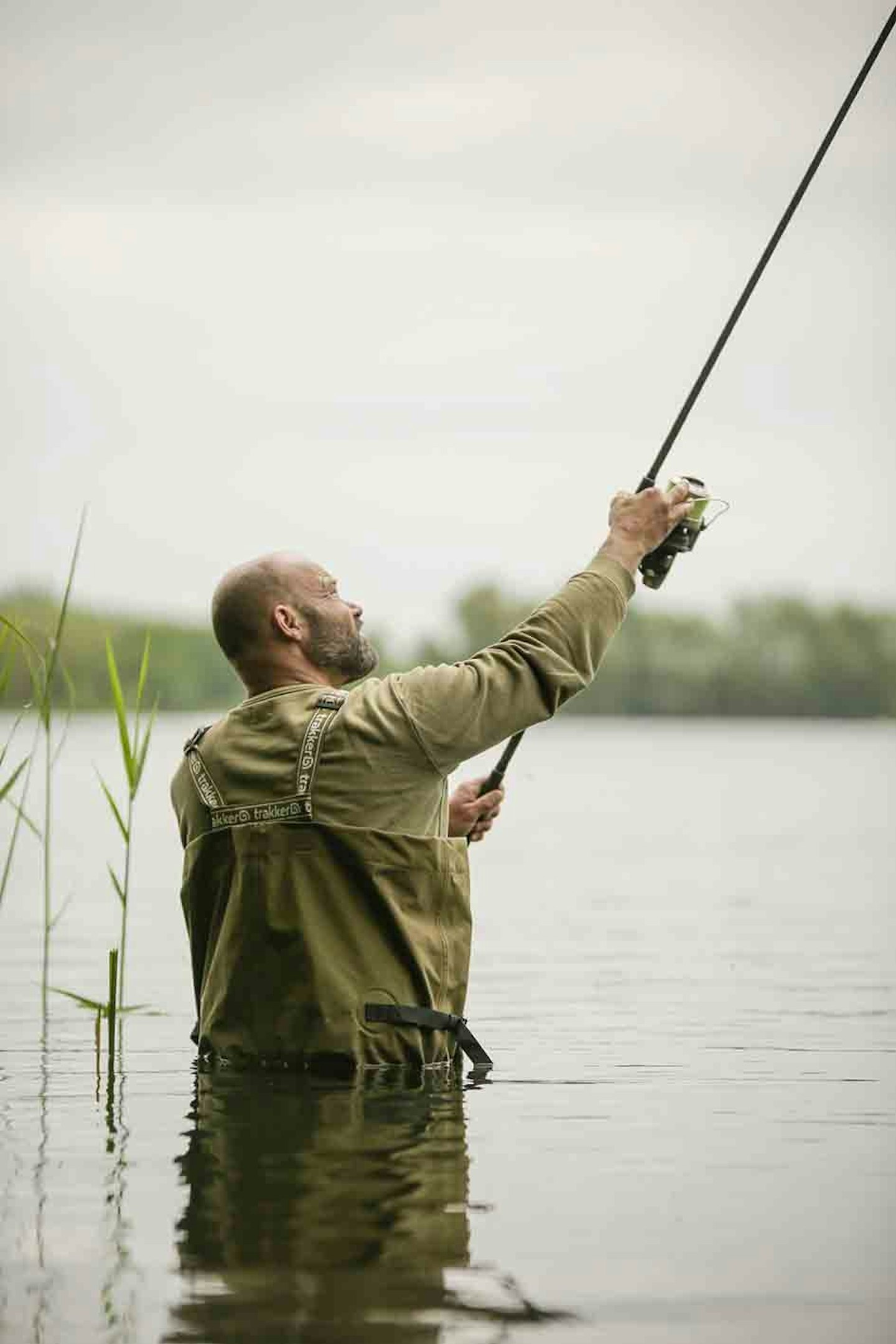
WHAT SPOTS TO LOOK FOR
So, what’s a good spot? Well, it’s actually one of those questions which is very difficult to answer, and it changes from season to season and lake to lake.
The majority of carp anglers will be looking for hard gravel spots, because these areas make it easier to present rigs on. But don’t fall into the trap of thinking this is what you should always be fishing on. There are times when fish will be feeding heavily in the weed or silt, and the sensation these areas transmit through the rod tip is very different to that from gravel. Then there are clay spots, which in some gravel pits are considered the ultimate target, as the fish regularly use these as rubbing and flanking areas.
Try to take a look at your lake and establish what the majority of the bottom is like, then fish on something different.
Gravel spots are a winner in lakes dominated by silt or weed. But if most of the lake is gravel, finding a silty pocket could be a real game-changer.
PRACTICE THESE TIPS AT AN AWESOME CARP FISHING WATER NEAR YOU, IN THIS WHERE TO FISH GUIDE.
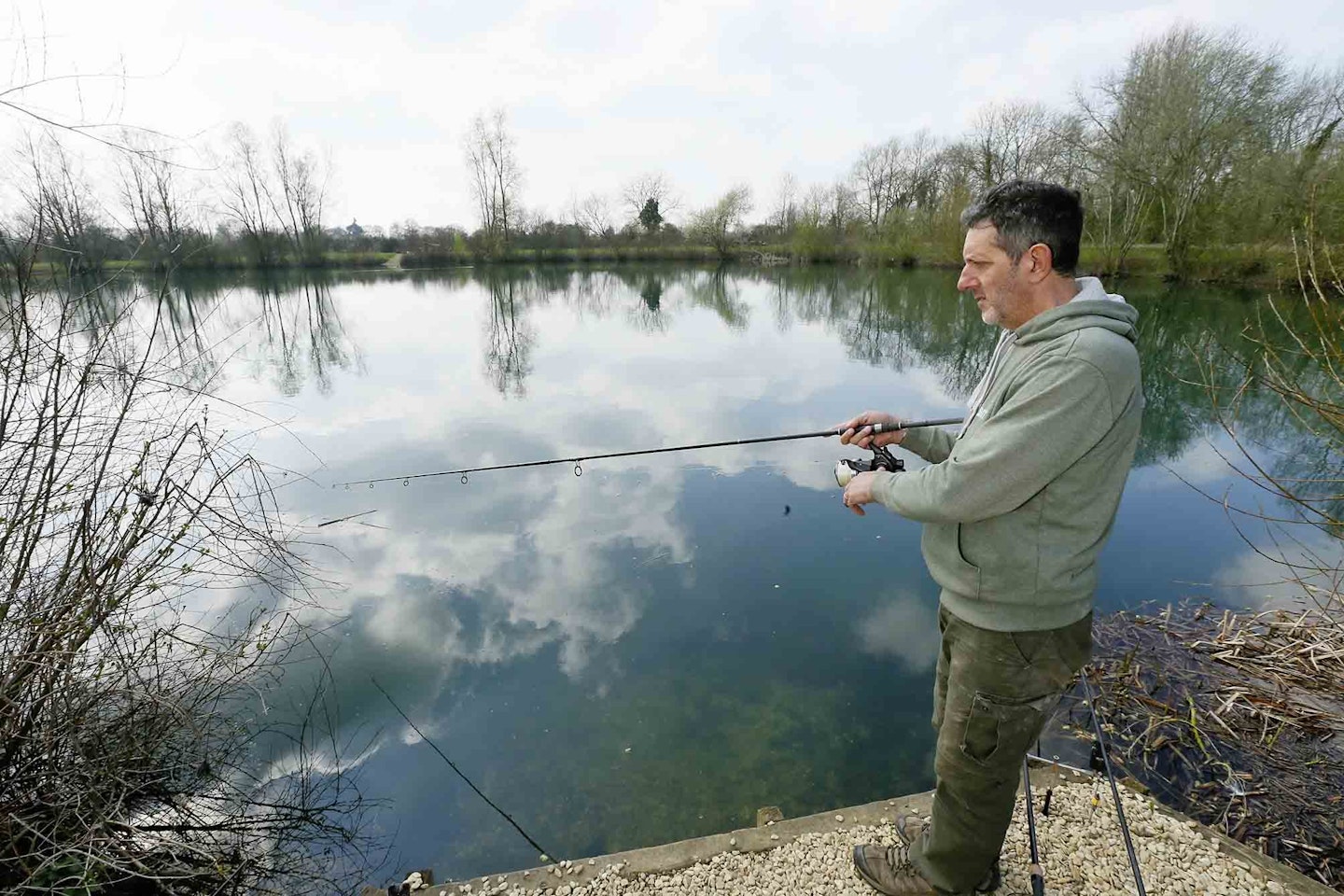
WHAT IT FEELS LIKE...
Gravel
The first thing you’ll feel is a classic ‘donk’ as the lead hits bottom. This is followed by a juddering as the lead bounces across the stones towards you as you pull the rod back.
Silt
When landing in silt you might not feel much of a drop. This will be followed by a slow, smooth and steady sensation as you drag the lead back. You may even be lucky enough to bring back some bloodworm on the lead in these areas. You can judge how deep the silt is by how hard it is to initially move the lead.
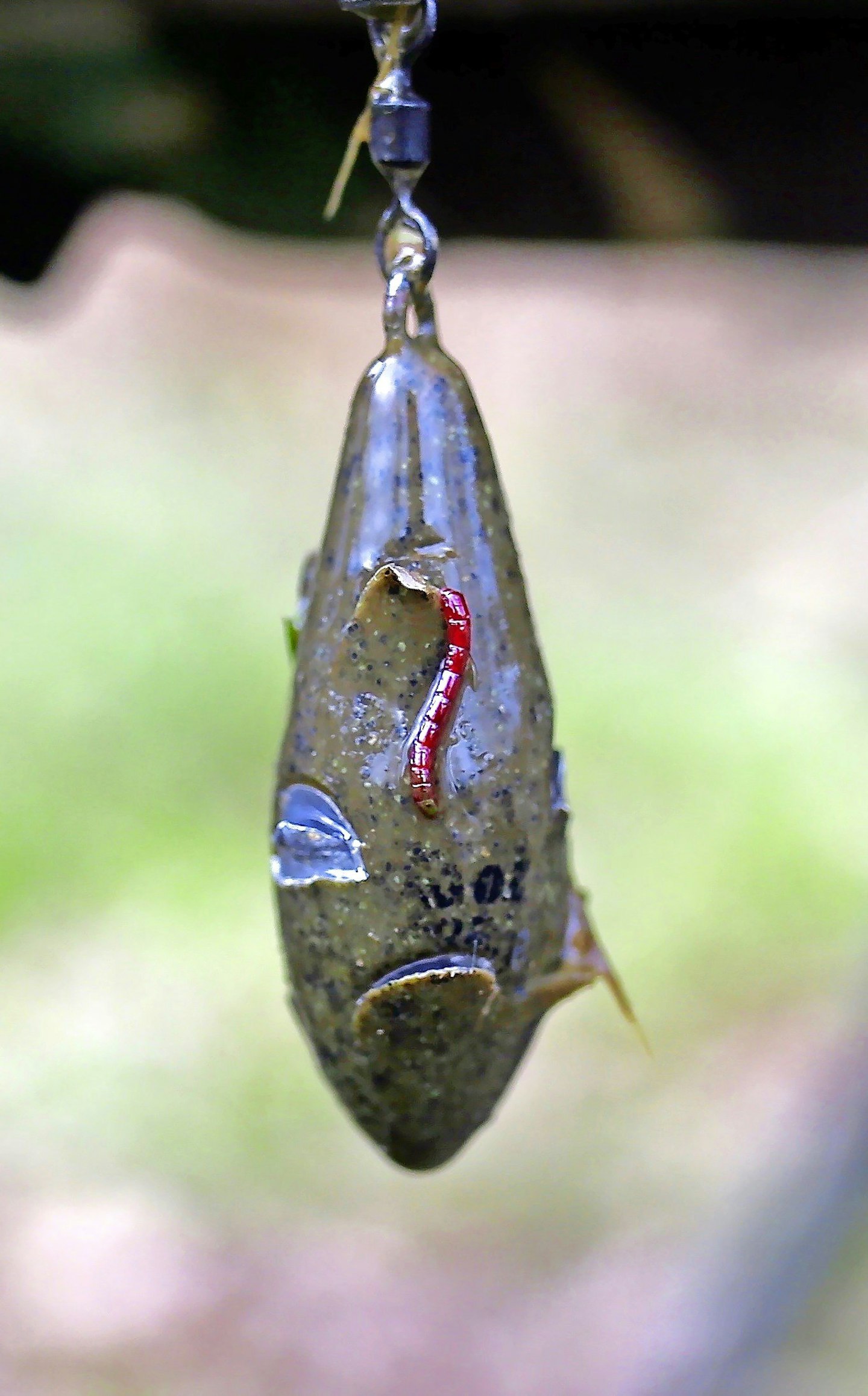
Clay
Clay areas will give a slightly softer ‘donk’ than gravel, met with steady but smooth resistance as you pull the lead back. Clay often sticks to your lead, making it easy to identify.

Weed
There are many different types of weed. In general, you’ll feel hardly any drop and will be met with heavy solid resistance when pulling the lead back, as the weed collects around it. Silk weed, which just covers the bottom, will be slightly smoother and is similar to silt. These are good areas to fish over at the right time of year but can often be found amid the denser Canadian pondweed. Adjust your rigs and be certain when feeling your lead down to make sure it’s not caught up in weed.
Bars
Sometimes, when pulling the lead back, you may feel it lock up before pulling free. This can reveal the presence of a bar or drop-off, as your lead locks up at the base then begins to pull up over it. Worth investigating with a float for depth changes.

WORKING OUT THE DEPTH
While finding the correct bottom to fish on is important, so is understanding the depth changes in your lake and swim.
This can be done by counting the lead down on a tight line but, for accuracy, you’re going to need a marker float. Once you know the depth of your swim, you have a starting point for tactics like zigs. Plus, if there are any depth changes, you can build up a picture of where the patrol routes of the fish might lie too. They’ll often use the crease of bars, inside ledges and other features to navigate.
The only time a marker float won’t be beneficial is when fishing heavily-weeded lakes, and the float gets tangled in the green stuff and won’t pop up. In these instances, stick to a bare distance-style lead and cast to visible holes in the weed.
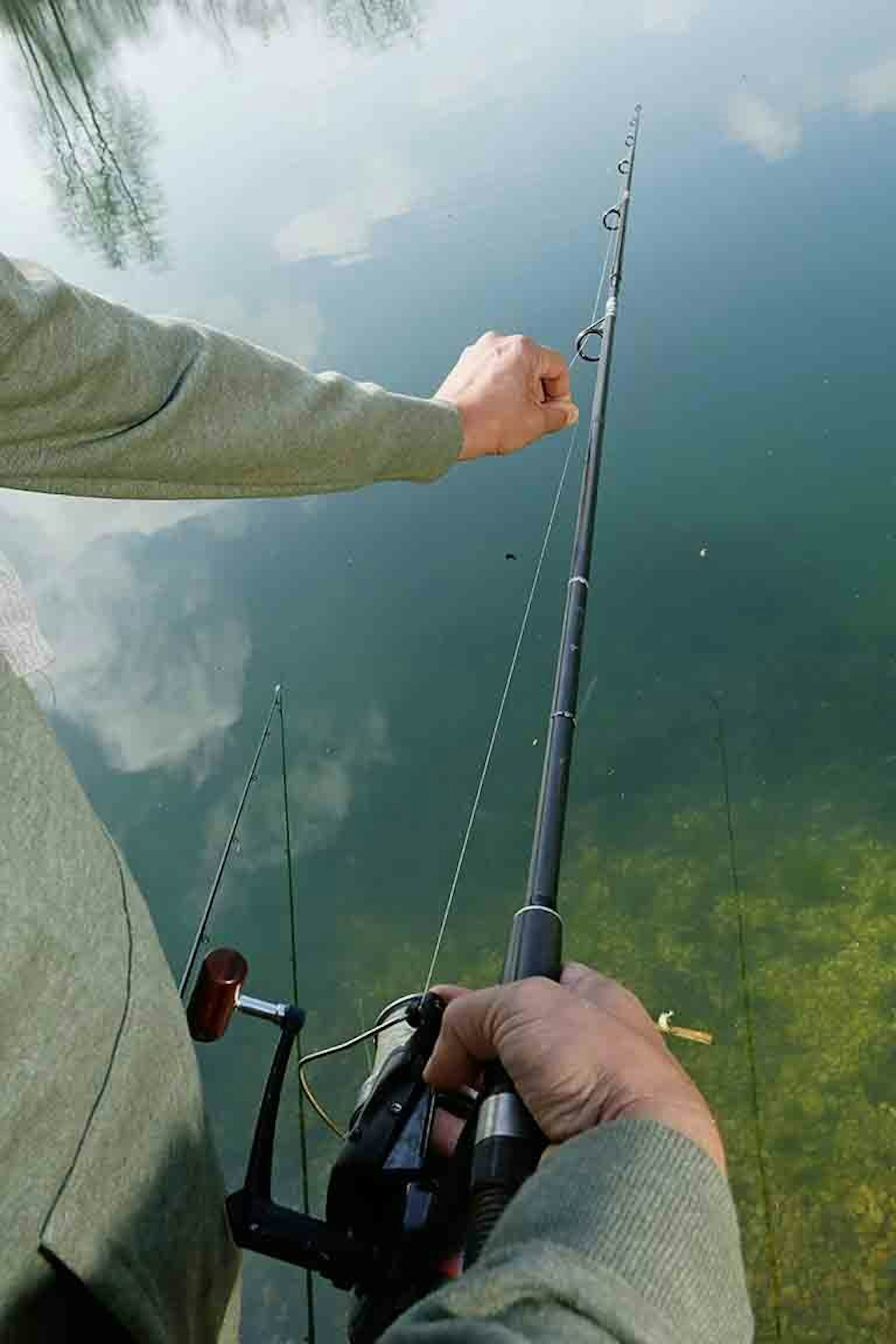
TOOLS FOR THE JOB
To get feature-finding working properly you’re going to need some dedicated kit. This means buying a marker/spod rod which usually has a far heavier test curve - usually 4.5lb-5.5lb - than your standard fishing rods. This needs to be matched with a reel capable of holding a large amount of heavy braid. Braid is essential, because its low-stretch properties mean that every bump from a stone is transmitted down the line to the rod-tip. There’s too much stretch in mono or fluorocarbon to feel spots correctly.
You also need a dedicated marker float kit, which usually comes with a boom for the float and a notched heavy lead. Don’t forget some marker sticks, so after finding your spot you can clip up and wrap the distance accurately. It’s worth taking a note of any interesting spots you find, and certainly those you catch from, in your phone. That way, when you next get back in the swim you can get your rigs right back on them quickly, without repeating the process.
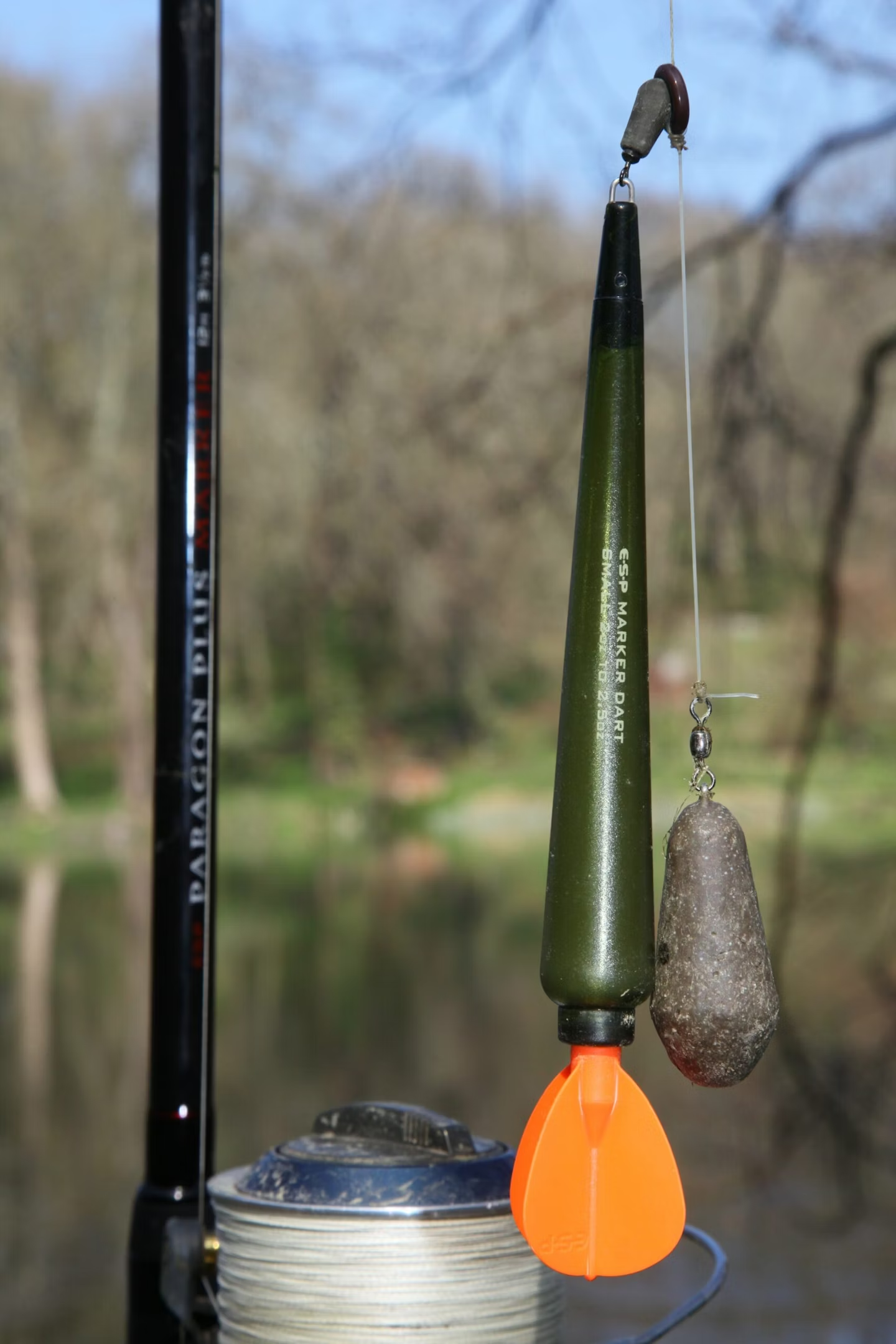
This page is a free example of the amazing content Angling Times Members get every single week. Becoming an Angling Times Member gives you access to award-winning magazine content, member rewards, our back issue archives, bonus content and more! Join our fishing community and find out more today!
